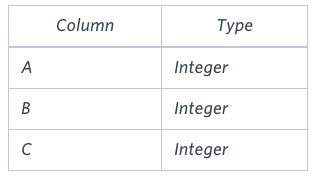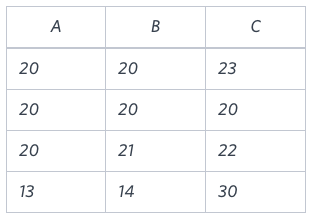Given an integer 'z' we can find it's super digit as follow:
If it is a single digit number then it itself is a super digit else the super digit is equal to the super digit of the digit-sum of 'z'.
Example:
1) Input: 5
SuperDigit = 5
2) Input: 1234
SuperDigit(1234) = SuperDigit(1+2+3+4)
= SuperDigit(10)
= SuperDigit(1+0)
= SuperDigit(1)
= 1
Input Format:
You are given two numbers n and k. You have to calculate the super digit of p. p is created when the number is concatenated k times. That is, if n= 756 and k=2, then p=756756.
That means you have to calculate super digit for 756756.
The first line contains two space-separated integers n and k.
Java Code:
import java.io.*;
import java.util.*;
import java.text.*;
import java.math.*;
import java.util.regex.*;
public class Solution {
static int digitSum(String n, int k) {
if(n.length()==1)
return (Integer.valueOf(n));
else{
long sum=0;
for(int i=0;i<n.length();i++)
{
sum=sum+(Long.parseLong(String.valueOf(n.charAt(i))));
}
String num= String.format ("%d", sum);
return digitSum(num,k);
}
}
public static void main(String[] args) {
Scanner in = new Scanner(System.in);
String n = in.next();
int k = in.nextInt();
long sum=0;
for(int i=0;i<n.length();i++)
{
sum=sum+(Long.parseLong(String.valueOf(n.charAt(i))));
}
sum=sum*k;
int result = digitSum(Long.toString(sum), k);
System.out.println(result);
in.close();
}
}
Constraints:
1<= n < 10^100000
1<= k< 10^5





